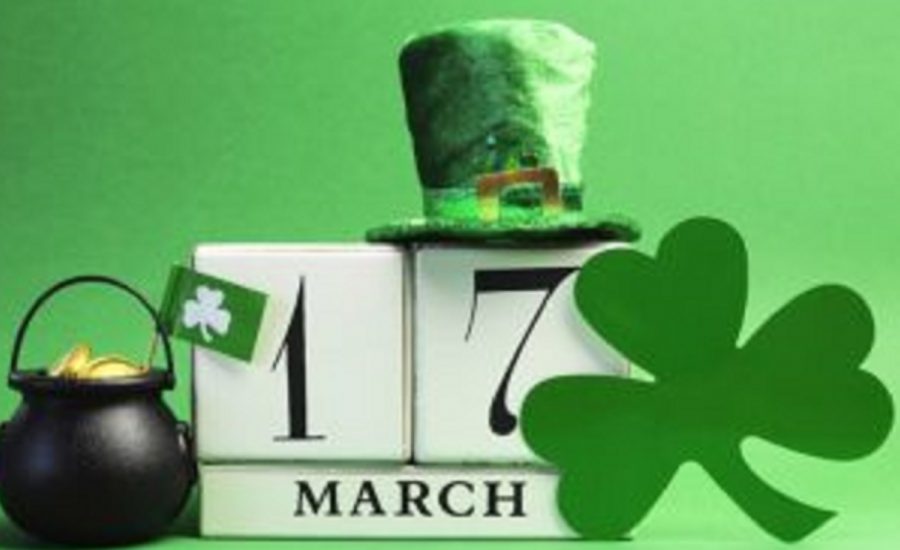The history of St. Patrick’s Day explained
April 2, 2020
St. Patrick’s Day, also known as Shamrock Day, is an Irish holiday that’s celebrated globally every March 17, around the Catholic and Christian season of Lent. People all around the world, Irish or not, gather to celebrate the popular holiday. On this day, people also wear green and gold to honor Irish culture. However, not a lot of people truly know the real history St. Patrick’s Day and how it came to be (History.com Editors).
For instance, St. Patrick was actually a real Irish man who lived in the fifth century. He was credited for bringing Christianity to Ireland. He is known as the patron saint and national apostle of Ireland. St. Patrick’s death was on March 17, thus marking the religious holiday to celebrate his importance. Since his passing, St. Patrick’s Day has been acknowledged for over 1,000 years. It was spread from Ireland to England and even all the way to America, where, although it isn’t practiced as religiously as in Ireland, is still embraced from all different cultures.
The three-leaf clover, or the shamrock, is known to be an iconic symbol of the holiday. However, many of us never knew that each leaf holds a religious meaning behind it. Each leaf truly represents a member of the Christian Holy Trinity: The Father, Son, and Holy Spirit. Leprechauns and their pots of gold hidden under rainbows are other popular symbols of the holiday.












